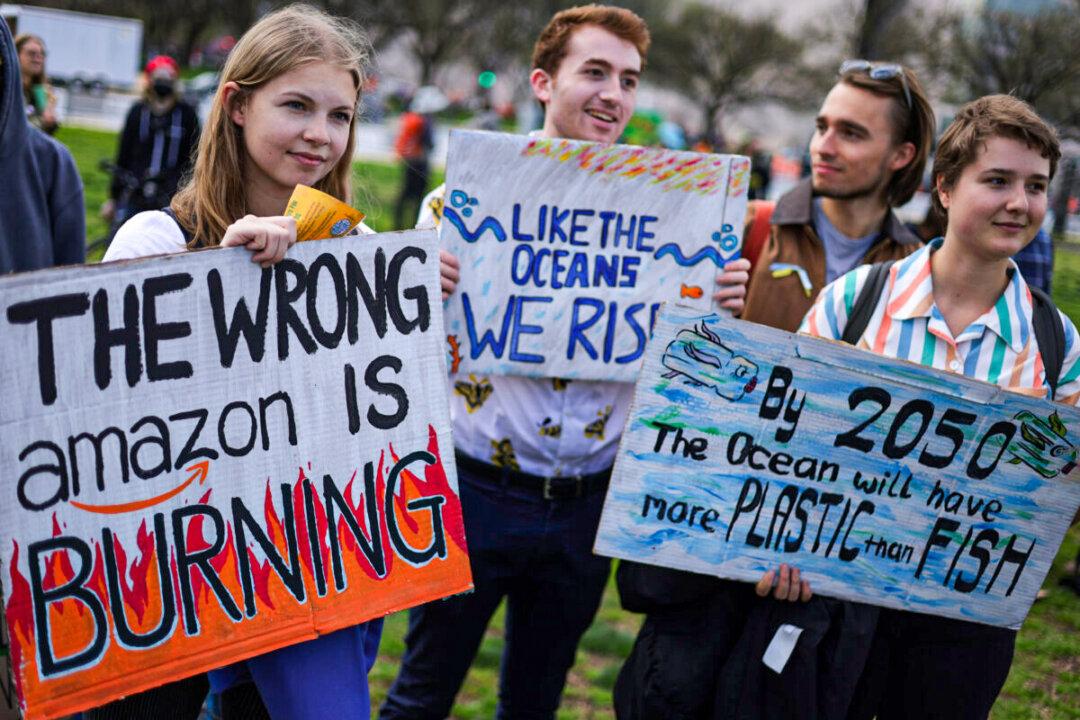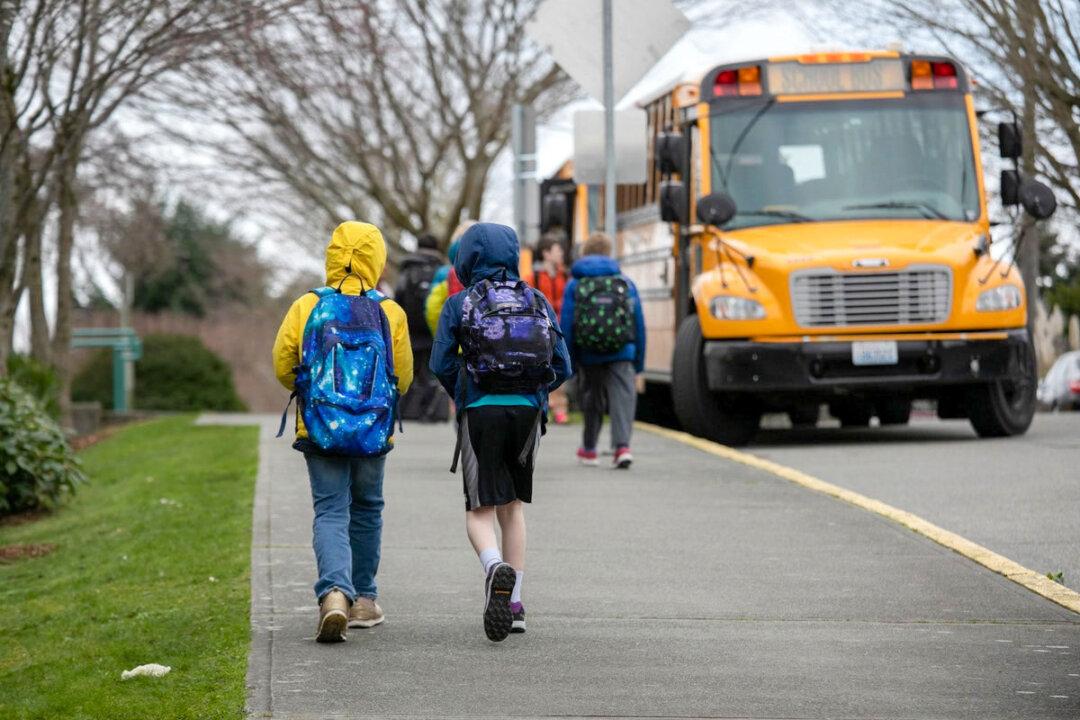Making a box of Cocoa Puffs is a complicated global affair. It could start with cocoa farms in Africa, corn fields in the U.S., or sugar plantations in Latin America. Then thousands of processors, transporters, packagers, distributors, office workers, and retailers join the supply chain before a kid in Minnesota, where General Mills is based, pours the cereal into a bowl.
Now imagine the challenge that General Mills faces in counting the greenhouse gas emissions from all of these people, machines, vehicles, buildings, and other products involved in this Cocoa Puff supply chain—then multiply that by the 100-plus brands belonging to the food giant.






